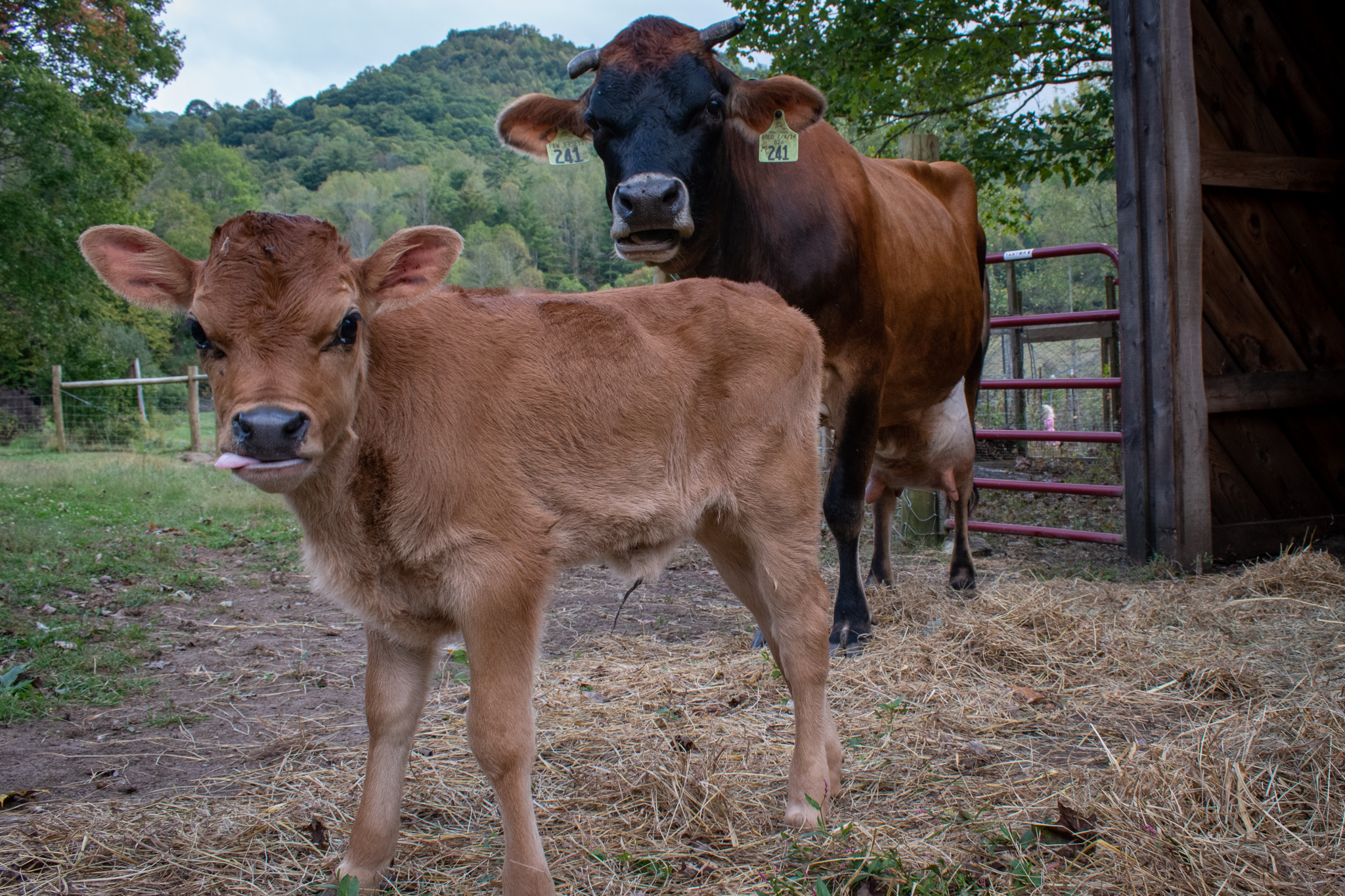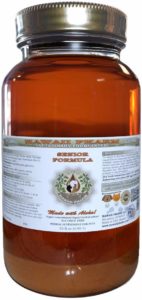Mastitis – What it Is, How To Prevent It, How to Treat It

What is Mastitis?
One of the most feared and all too common problems for dairy producers large and small is the inflammation of the teat or udder caused by infection by any one of a variety of pathogenic bacteria. This inflammation is referred to as “mastitis”. It occurs in all mammals and is normally self-correcting via the immune system of healthy individuals. In some cases, however, the infection is not effectively dealt with via the animal’s immune system and it can cause permanent damage to the affected quarter/(s) and may also lead to secondary infections, gangrene or death. Mastitis occurs in both milking and dry animals. Preventing mastitis in cows and other dairy animals is the best way to keep this monster at bay. In this post, we will explore tips to prevent mastitis in your girls and also what your options are should an infection occur.
Symptoms of Mastitis
Clinical Mastitis presents with any of the following symptoms:
- hot or hard teat or udder
- painful milking
- salty or off-taste to the milk
- yellow gooey lumps in the filter which don’t dissolve easily under the heat and pressure of a finger
- change in consistency of the milk (often the first sign to the home milker is the milk not moving as quickly as usual through the strainer)
Left untreated, mastitis can rapidly progress to a secondary infection in the cow resulting in loss of appetite, listless behavior, permanent damage to the mammary tissues, poor condition, and gangrene or death. If you suspect your animal may have contracted mastitis, don’t delay in seeking help and pursuing an appropriate course of action.
Mastitis may also be present in your animals without any symptoms. This is called sub-clinical mastitis. It may continue at sub-clinical levels or progress to clinical levels. Consuming milk from sub-clinical mastitic animals may have negative effects on the health of those humans or animals consuming it.
The IMMUCELL CORP 7900 CALIFORNIA MASTITIS TEST KIT (also known as the CMT) is a test that has been developed for quick monitoring of mastitis before it presents clinically. The tool is easy to use and works for goats and cows and for all varieties of mastitis as it is looking for somatic cells in the milk which present with any infection. It isn’t 100% foolproof but is a great and affordable tool for peace of mind.
How to Prevent Mastitis
The body is equipped to fight infection and anything you can do to boost your girl’s immune system is going to improve her chances of dealing with this infection on her own. Keeping her from exposure to the causal bacteria is another important preventative measure. We’ll look at proper environmental and milking hygiene for your girls.
Mineralization
Keep her well mineralized and provide food that contains healthy proteins to keep her body chemistry from being overly acidic. Many of the commercial feeds contain questionable protein sources and these make it more difficult for her to fight infection. Cows and goats should have ready access to trace mineral salt blocks as well as loose minerals free-choice or with their feed. I’ve always been amazed at my animal’s ability to determine what they need and seek out those minerals or nutrients. They’ll eat charcoal, mud, tree bark or noxious weeds which are in the ‘even goats won’t eat this” category if there is something there that they need. Notice your animals eating habits and if it looks like they’re eating things they wouldn’t normally consume, check that they are getting a full complement of minerals offered to them!
Cleanliness
Many mastitis associated bacteria are present in the environment especially in the presence of feces. Clean bedding and keeping varmints and chickens out of areas where ruminant feed or hay is stored are important. Animals who spend most of their time outside have fewer instances of mastitis and this can be improved upon by minimizing muddy areas where the girls are likely to lie down and have mud-teat exposure.
Milking Hygiene
We cover some tips on good milking procedures in a coming post but you should follow basic common sense rules for preventing the spread of infection at all times. Clean each teat separately, clean any shared equipment between animals and if you have a known infection, milk that animal and or that teat last.
How To Treat Mastitis
It isn’t always possible to prevent mastitis. If you find that your animal is infected, here are some natural ways to battle the infection. We will also look at the most likely courses of action your vet would suggest using antibiotics.
Starve the Infection
Keep your animals milked! As a general rule, animals who have been bred for generations to be super producers are more likely to be susceptible to mastitis than animals who are not as likely to over-produce. You’ll see advice to not milk a newly freshened cow or goat for a few days and you’ll also hear people who tell you that you MUST milk immediately. Listen to your animal. If they look uncomfortable (i.e. very full, milk squirting out of the teats, etc.) then do some relief milking even if the baby is with them 24/7 and latching on well (it doesn’t hurt to keep some frozen colostrum on hand for emergencies). As a general rule, though, keeping the milk flowing through the teat as often as possible helps to “flush out” some of the bacterial infection, especially at an early stage.
Essential Oils
The topical application of essential oils like tea tree, oregano, peppermint, lavender, and eucalyptus in a carrier oil (I use avocado oil as it doesn’t need to be fractionated to maintain an easy-apply liquid state at most temperatures) not only provide an added boost to the affected areas but are also useful in keeping the skin on the udder supple and healthy which also aids in fighting infection in the first place. Our Bumblebee came to us with a warty scabby udder that was a little scary to touch and all of that cleared quickly with the regular application of our homemade elixir. If you prefer a ready-made product there are several on the market.
Garlic Tincture
Garlic tincture can be administered 3cc twice a day orally or vaginally in cattle. It’s readily available and easily applied.
Intravenous Vitamin C
Several treatments for common cow ailments involve administering IV (calcium for milk fever, dextrose for dehydration or diarrhea, especially in smaller calves, etc.). High doses of vitamin C are also easily administered via IV and have been demonstrated to be effective in treating mastitis. We will cover the basics of administering IV to cattle in future posts, but you’ll want to learn in-person with an experienced hand before you tackle this process on your own.
Anti-biotics
If you catch your mastitis case early and take your animal to the vet they will likely prescribe an antibiotic that is injected into the infected teat once a day for several days. There is a milk-withdrawal period for this antibiotic during which you should not consume the milk. This should deal with most of the common sources of infection. They may also do a milk culture to determine which bacteria are responsible for the infection so that they can prescribe a more targeted antibiotic. They also have options for doing systemic antibiotics or a more targeted local antibiotic once they know the cause of the infection.
With our first cow (the Jersey dairy cull) we discovered a persistent infection in one quarter which didn’t respond to the antibiotics at all despite the cultures coming back with Staphylococcus aureus which should have been knocked out by the Spectramast for lactating cows. Our vet said this isn’t unheard of. He has worked with us to monitor the cow’s health as we’ve continued to pursue more natural means of dealing with the infection before taking more drastic measures with her. She has maintained good condition throughout and we are keeping close tabs on her. More to come on this case in the future.
Legal Disclaimer – This website is not intended to substitute for the advice of a qualified veterinarian and is intended for informational use only.





